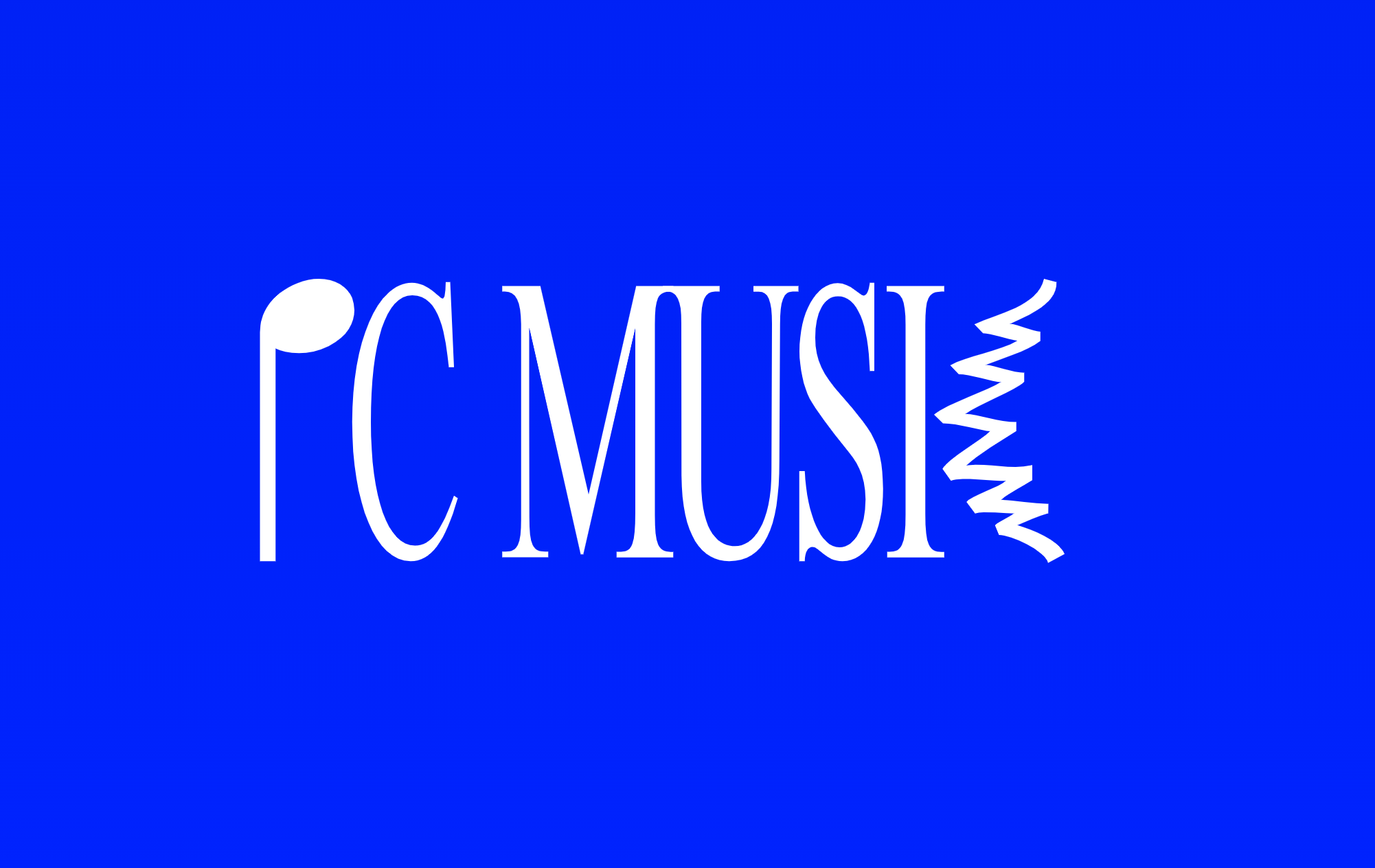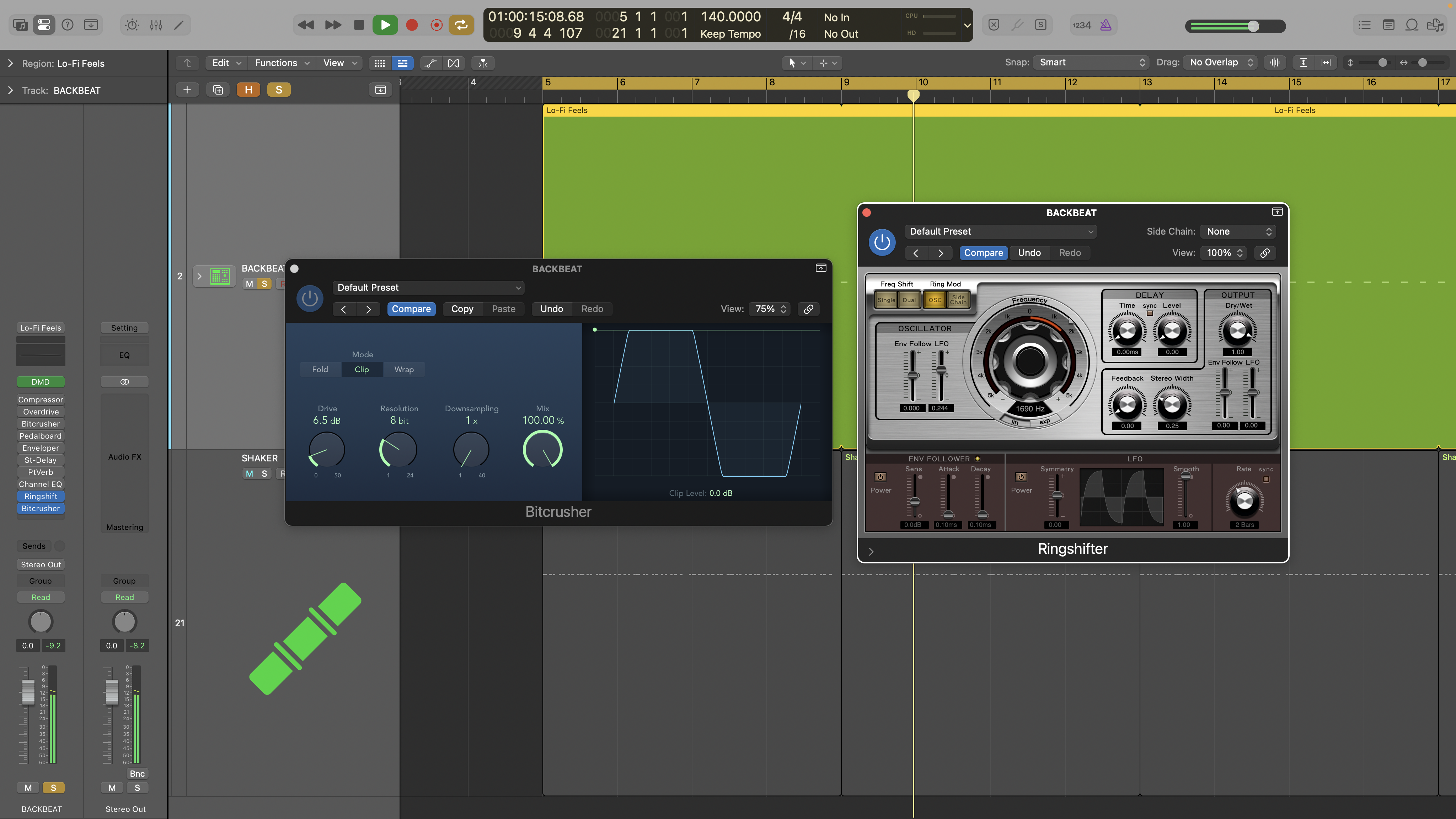“Its sounds, and the producers responsible for them, have inspired many big developments in mainstream music”: Exploding the vibrant components of hyperpop
Underground music often inspires the mainstream, and this particular genre has certainly surpassed its DIY beginnings to influence a surprising number of top artists.

Artists don’t necessarily set out to create new genres, but in the case of hyperpop it’s not hard to trace the genre back to a handful of like-minded individuals associated with DIY music label PC Music.
Armed with laptop-based production tools and inspired by the freedom offered by SoundCloud, starting in 2013 A. G. Cook’s label project released a flurry of tracks via the platform, and developed the bubblegum bass sound that would morph into what is now more widely recognised as hyperpop.
The genre takes its lead from a whole host of classic music styles such as eurodance, J-Pop, dubstep and trance, but is also heavily influenced by the deconstructed club scene and more leftfield sounds such as chiptune. Distilling all these influences is really down to the unqiues visions of A. G. Cook, SOPHIE and other close associates such as Danny L. Harle, Hannah Diamond and Finn Keane.
That said, the genre-defying roots and sonic development make for quite a lot of variation, and this has led to some artists questioning whether the hyperpop moniker is really valid at all.

Whatever your take on the specifics of genre definitions, there is clearly a substantial body of work that is very much defined by the particular sounds used. What’s more, many of hyperpop's sounds and techniques, and the producers responsible for them, have inspired and contributed to many big developments in mainstream music.
Collaborations include Madonna, Kendrick Lamar and Kim Petras (SOPHIE), Beyonce and Charli XCX (A. G. Cook) and Dua Lipa (Danny L. Harle).
From a production perspective hyperpop is quite a contrasting genre that juxtaposes edgy synths and angular percussion with lush pads, delicate arps and pitch-treated vocals. It’s both synthetic and saccharine, and employs traditional song-style melodies, harmonies and structures.
But it then peels away the many layers you’ll find in traditional music production, supersizing what’s left. This often involves heavy processing, re-pitching and saturation. Unlike many electronic music genres it’s not limited by specific tempos, and tracks vary from mid-tempo up to 160 bpm and beyond. That said, the vast majority of hyperpop tracks are quite uptempo, which seems in-keeping with their helium-fuelled nature.
When it comes to arrangement and sound selection, hyperpop tracks are vocal-led, and the vocals are pretty much always pitch processed, sped up or hard tuned in some way.
Want all the hottest music and gear news, reviews, deals, features and more, direct to your inbox? Sign up here.
Meanwhile synths often use portamento, pitch bends and detuned pitch offsets, with parameters sometimes automated to create extreme outcomes. Finally, saturation, distortion and ring modulation are all valid effects used to process elements, and particularly to create brash metallic percussion sounds.
Hyperpop: key elements
1: Vocals
Pitch-related vocal processing is a key component of hyperpop and there’s an anything goes philosophy. Common techniques include extreme chipmunk soul style pitch shifting and vari speeding up, moderate pitch shifting to create a more feminised sound, and both regular and hard auto-tune. In the case of the latter, the vibrato-like artefacts are very much embraced rather than avoided. Often the whole of the main vocal part is changed, but you’ll also find plenty of chopped up sample style vocal snippets, and sometimes these are used to create retro-tinged sample based melodies.
2: Synth Riffs
Trance style supersaw riffs deliver an energetic mix of high frequencies and musical harmonic content, which is why they’re very popular in hyperpop. That said, your regular trance sound probably won’t cut it. In keeping with pushing things to extremes, you can make your riff sound even more hyped by adding another oscillator pitched up a couple of octaves. If you then throw in some detuned unison you’ll be heading in the right direction.
3: Backbeats
We get very used to hearing a bunch of standard snare, clap and rim sounds used for drum backbeats, and in hyperpop typical candidates include the 909 clap. That said, the door is very much open to use more creative sounds for these beats. For example this could be a more obscure drum machine hit, with lo-fi and bit reduced sounds popular. Or it could be something much more angular. Metallic sounds are popular and distorted or degraded processing is also a common technique. Keep the sounds short, punchy and predominantly dry of reverb. Try various distortions or ring modulation to create brash metallic sounds.

4: Synth Bass
Synth bass plays an important though quite varied role in hyperpop and although you’ll sometimes hear sub bass parts, for the most part the bass is featured. Common sounds you’ll hear range from bouncy FM styles to unison heavy subtractive sounds, and the classic TB303 sometimes makes an appearance. Try using portamento to give the bass moves some added quirkiness, or set up a pitch offset second oscillator for a more clubby feel.
5: Deconstruction
Hyperpop tracks are characterised by their deconstructed club style arrangements. In a kind of reversal of contemporary pop production, this means that each song section tends to feature a minimal set of sounds. To that end it’s not unusual for the track to move from a section that has no beats and just bass to a section that only has beats. These are of course extremes and not all tracks follow this pattern. But in general terms when working up your track, you want to avoid layering up loads of parts in a wall of sound manner and instead focus on sourcing strong sounds that you can feature in the balance.
6: Arps, Pads and Sequence sounds
Despite all the edgy sounds and processing, hyperpop often uses much gentler textures to create contrasting sections, and typical choices include rich pads and delicate arps and sequences. Nevertheless, in keeping with the genre it’s good to go to extremes. For arps and sequences keep the patterns reasonably basic, but use chime like FM sounds coupled with delays and reverb. Meanwhile for pads select rich sounds and use high and low pass filters to automate changes, or select more atmospheric evolving textures.
Key hyperpop artists
A.G. Cook - Beautiful
This early track from PC Music supremo A.G. Cook might not be as refined as his excellent 2024 Britpop album, but the chopped up pitch shifted vocals are both genre-defining and lay down the shape of things to come. Coupled with what can best be described as pop rave instrumentation, the track delivers the fast energetic pace associated with many bubblegum bass and hyperpop tracks.
SOPHIE - Just Like We Never Said Goodbye
Featuring just a pitched-up vocal, bassline and a couple more layers of synths, this classic SOPHIE tune makes for a wonderfully minimalist statement. Meanwhile the singular clap in the second verse is as quirky as it is tasteful. Throw in a great melody and some poignant lyrics and you have a highly original production that really captures the essence of hyperpop.
Charli XCX - Vroom Vroom
Nothing epitomises the hyperpop mainstream crossover more than this track from 2017. With SOPHIE on production duties, Charli’s very English sounding vocal gets a carefully arranged soundbed of angular synthetic beats and rounded bass interspersed with chime like keys, bleeps, lush pads and arps. In keeping with the scene, you’ll also spot a few of the PC Music artists in the video.
100 gecs - Money Machine
Pushing the noise aspect to new limits, 100 gecs are one of a few artists taking the hyperpop sound in new directions. This track from their debut album features some classic and recognisable hyperpop sounds and textures. Meanwhile if you check out their latest album, tracks like 757 and Doritos and Fritos capture the progress of their very own mash up approach and individual sound.
QT - Hey QT
It’s hard not to get drawn in by this adrenalin-fuelled slice of joyous leftfield pop. Featuring the heavily processed and pitch shifted vocals of singer and artist Harriet Pittard, production is an early collaboration between SOPHIE and A. G. Cook and definitely leans more towards the bubblegum bass sound would soon move away from. That said there’s still plenty of hallmark sounds at play.
Hannah Diamond - Concrete Angel
Long time PC Music collaborator Hannah Diamond takes a Gareth Emery classic and gives it a complete hyperpop and EDM overhaul. The track is a masterclass in track deconstruction as it shifts tempo and feel, ending up at about 170 bpm with glitchy effects, pumping synths, edgy riffs and a large helping of pitch shifted and chopped up vocals.
Jon is a London based platinum award winning mixer, producer, composer and club remixer with a diverse CV that spans dance, pop, rock and music for media. He’s also a long term contributor to MusicRadar's music technology tutorials and reviews. Whether working alone or collaborating he usually handles final mixdowns, so you’ll also find MusicRadar peppered with his handy mixing tips.


![Charli XCX - Vroom Vroom [Official Video] - YouTube](https://img.youtube.com/vi/qfAqtFuGjWM/maxresdefault.jpg)


